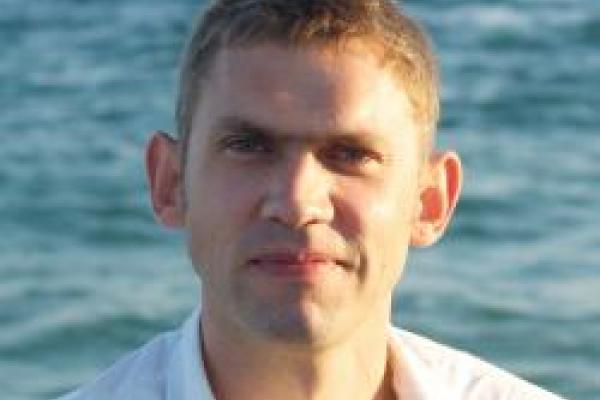
Abstract:
Iron-based superconductors form a lively experimentally driven field with a great promise for applications. Owing in part to the presence of transition ions these materials exhibit rich phase diagrams with structural phase transitions, antiferromagnetic ordering, nematicity and, more intriguingly, purported exotic superconductivity such as that which breaks time reversal. Despite the relative maturity of the field many fundamentals challenges still exist. In particular, the firm establishment of the pairing symmetry, the hallmark achievement for the cuprates, remains elusive. After the general introduction to the subject I will focus on arguably the simplest exotic pairing dubbed s+-, discuss difficulties associated with its detection and then point to a new detection scheme which involves formation of a soliton induced by the proximity effect. I will also talk about connection of such a soliton to a half-quantum vortex in spin-triplet superconductors.
